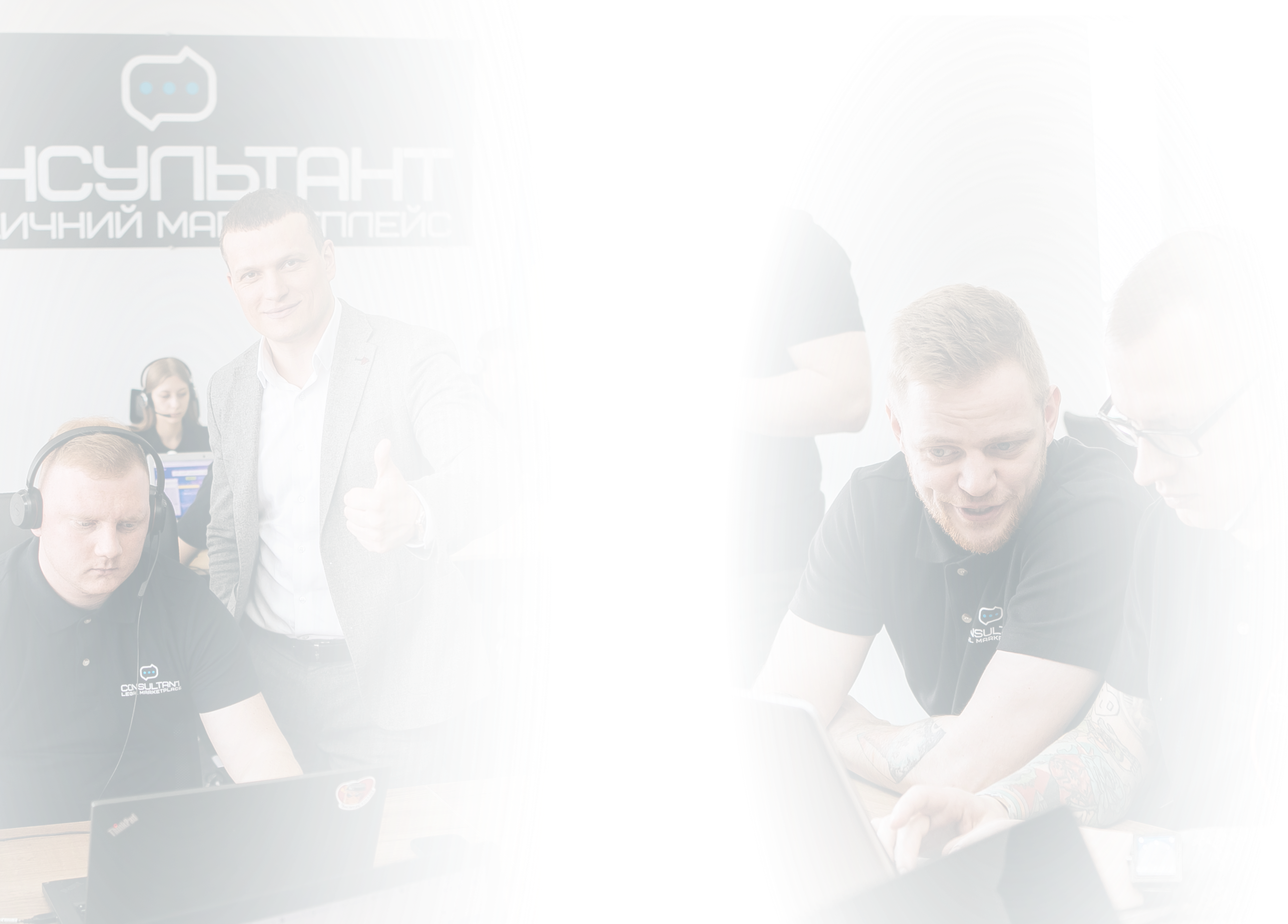I am studying in the third year of the State University of Economics and Technology.I specialize in contractual, economic and corporate law, in particular, I provide consultations and write articles.
According to Part 1 of Article 87 of the Civil Code of Ukraine (CC), a legal entity under private law may be created on the basis of a model charter approved by the Cabinet of Ministers of Ukraine. Here is a detailed description of this process:
What is a model statute?
The model statute is a standard document approved by the Cabinet of Ministers of Ukraine, which contains standard provisions for the creation and operation of legal entities under private law, such as limited liability companies, joint-stock companies and other commercial enterprises.
The role of the model charter:
- Constituent document: After approval by the Cabinet of Ministers of Ukraine and acceptance by the participants, the model charter becomes the constituent document of the legal entity. This means that a legal entity can operate under the provisions of this statute without having to draft its own statute from scratch.
- Standard format: The model charter defines standard conditions and rules that can be adapted to the specific needs of the organization. This simplifies the process of creating new legal entities and ensures consistency in regulation.
Charter approval procedure:
According to the Civil Code of Ukraine and the Law of Ukraine "On State Registration of Legal Entities, Individual Entrepreneurs and Public Organizations", the founders (participants) of a legal entity that was created on the basis of a model charter have the opportunity to approve their own charter and switch to its use. Here is a detailed description of the process:
Approval of own charter:
- Option: The founders or participants of the legal entity have the right to approve the articles of association, which will become the founding document, instead of using the model articles of association. This may be necessary if the founders have specific requirements or needs that are not covered by the model statute.
- Procedure: The procedure for approving the new statute is carried out in accordance with the requirements of the law. All founders or participants must decide on the approval of the new charter.
The decision to switch to a new charter:
- Decision-making: The founders or participants decide on the transition from the model charter to operating on the basis of the new approved charter. This decision must be made at the general meeting of the founders.
- Signature: The transfer decision is signed by the participants who voted for the relevant decision. The authenticity of the signatures of the founders or an authorized person must be notarized, except when the decision is made on the portal of electronic services and signed using a qualified electronic signature.
State registration of the transition from the model charter:
For the transition of a legal entity from a model statute to activity based on its own founding document, it is really necessary to go through the state registration procedure. Here is a detailed description of the required documents and procedures:
- Application for state registration of transition: The applicant submits to the state registration body an application for transition from a model charter to activity based on its own founding document. The application must be completed in accordance with the established requirements and contain information about the legal entity and the new statute.
Decision of the authorized management body: It is necessary to submit a copy of the original decision of the authorized management body of the legal entity on the transition to activity based on its own founding document and approval of the new founding document. It can be the minutes of the general meeting or another document confirming the decision of the management body.
Constituent document: A new constituent document of a legal entity is submitted. It can be a charter certified in accordance with the requirements of the law.
Ownership structure: It is necessary to provide a document reflecting the ownership structure of the legal entity, issued in accordance with the law. This is a document that shows the owners and their shares in the authorized capital.
Documents on the registration of a non-resident legal entity: If the founder is a non-resident legal entity, an extract, extract or other document from the trade, bank, court register or other relevant register confirming the registration of the legal entity in the country of its location should be provided.
Document certifying the identity of the ultimate beneficial owner: Notarized copy of the document confirming the identity of the ultimate beneficial owner of the legal entity. This can be a passport or other document identifying the ultimate beneficial owner.
Registration procedure
- Preparation of documents: The specified documents must be prepared in accordance with the requirements of the law. All documents must be properly executed and, if necessary, notarized.
Submission of documents: Documents are submitted to the state registration body, which checks them for compliance with the requirements of the law.
Verification and registration: The state registration authority checks the submitted documents and, if everything meets the requirements, makes appropriate changes to the registration data.
Receipt of confirmation: After successful registration of a legal entity based on a new founding document, the state registration authority issues a confirmation of changes to the registration data.
Services of a lawyer in the transition from a model statute to an own founding document
Here are the main types of legal services in this direction:
- Lawyer consultation and legal analysis of the situation:
Needs assessment: Lawyers online will help you determine whether a transition to your own charter is really necessary, evaluating the advantages and disadvantages of such a transition in the context of specific business needs.
Process Explanation: Explain all the steps and requirements of the transition process so founders can make an informed decision.
- Lawyer help in the preparation and verification of documents
Drafting of a new statute: A lawyer drafts a new founding document that meets the company's needs, taking into account specific business conditions and legal requirements.
Verification of the decision: verifies the correctness of the execution of the decision of the authorized management body on the transition to the new charter, including the correctness of signatures and notarization.
- Lawyer services for preparing and submitting applications
Forming an application: Prepares an application for state registration of the transition from a model charter to its own founding document, ensuring compliance with legislative requirements.
Preparation of additional documents: Assists in the preparation and verification of all necessary documents such as ownership structure, register extracts, non-resident documents if required.
- Legal services in interaction with state bodies
Filing: Submits documents to the state registrar and interacts with registration authorities to ensure fast and hassle-free processing of changes.
Troubleshooting: Assists with possible problems or requests from government agencies that may arise during registration.
- Preparation for updating registration data
Registration update: Ensures that the new statute and all changes are correctly entered into the legal entity's registration data.
Notification of interested parties: The lawyer services online helps in updating information about the legal entity in contracts, bank accounts and other documents.
Conclusion
The transition from a model statute to its own founding document is an important procedure for any legal entity that seeks to adapt its activities to specific needs and requirements. Lawyer advice can provide comprehensive assistance in this process, ensuring that all legal requirements are met and reducing risks.




































